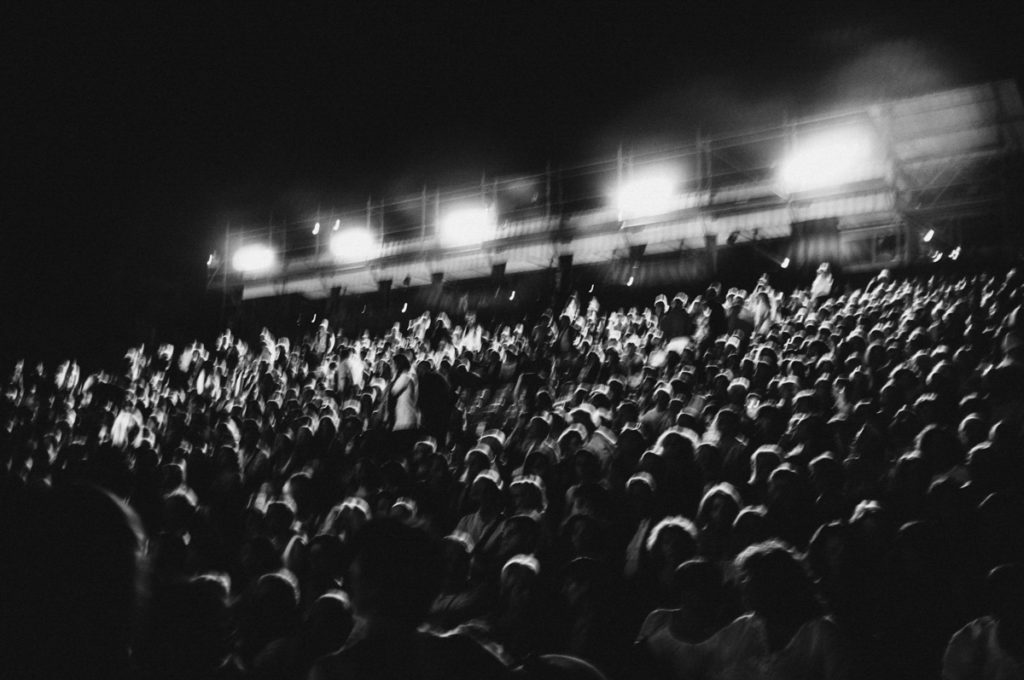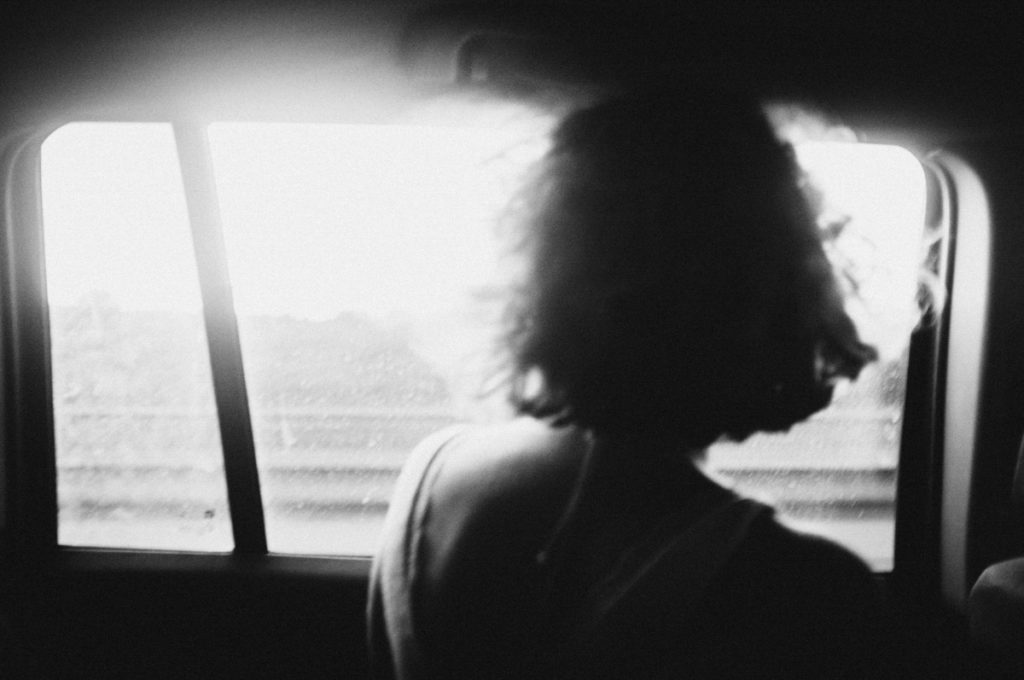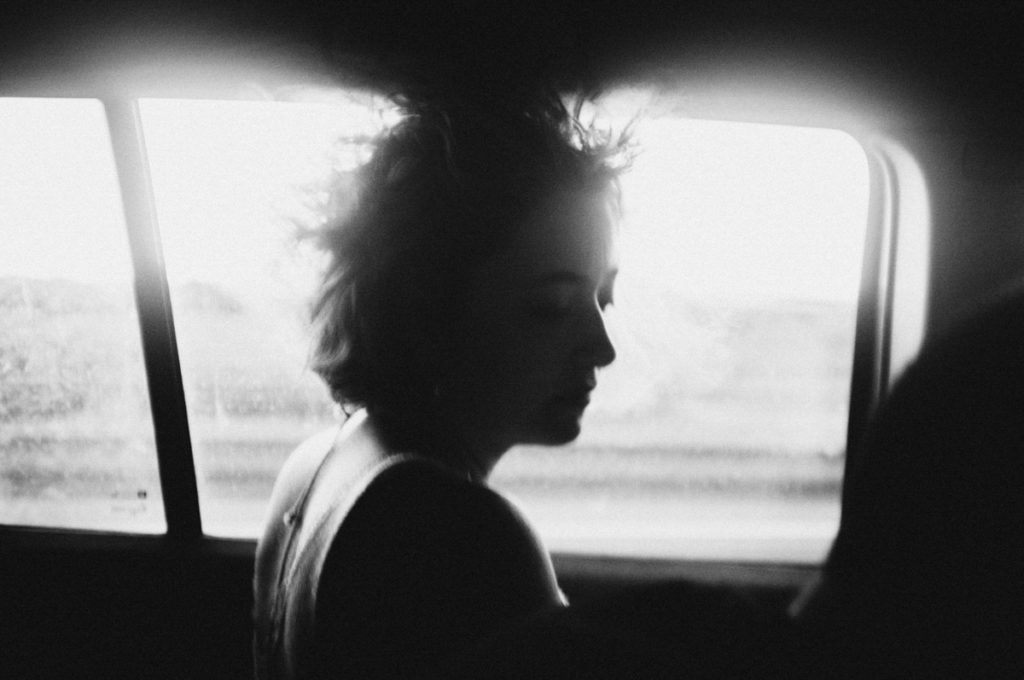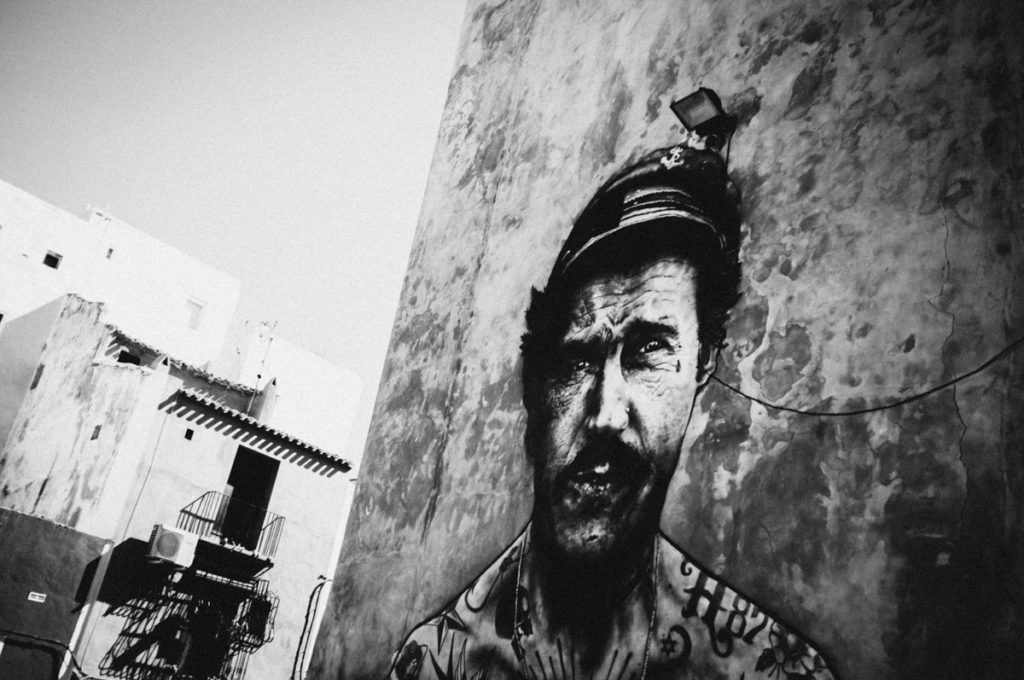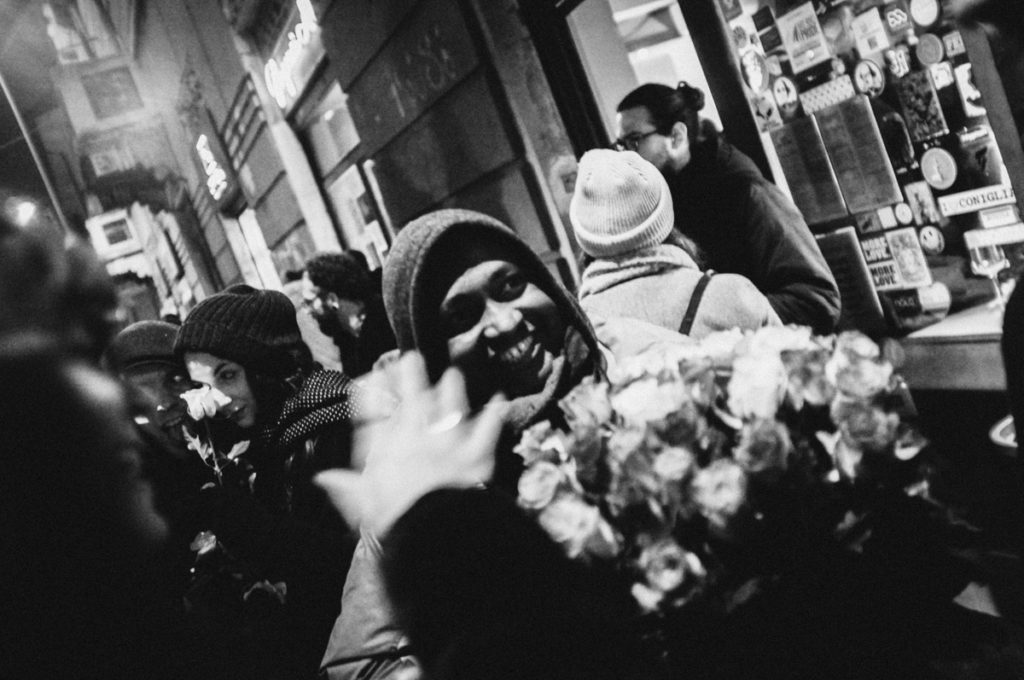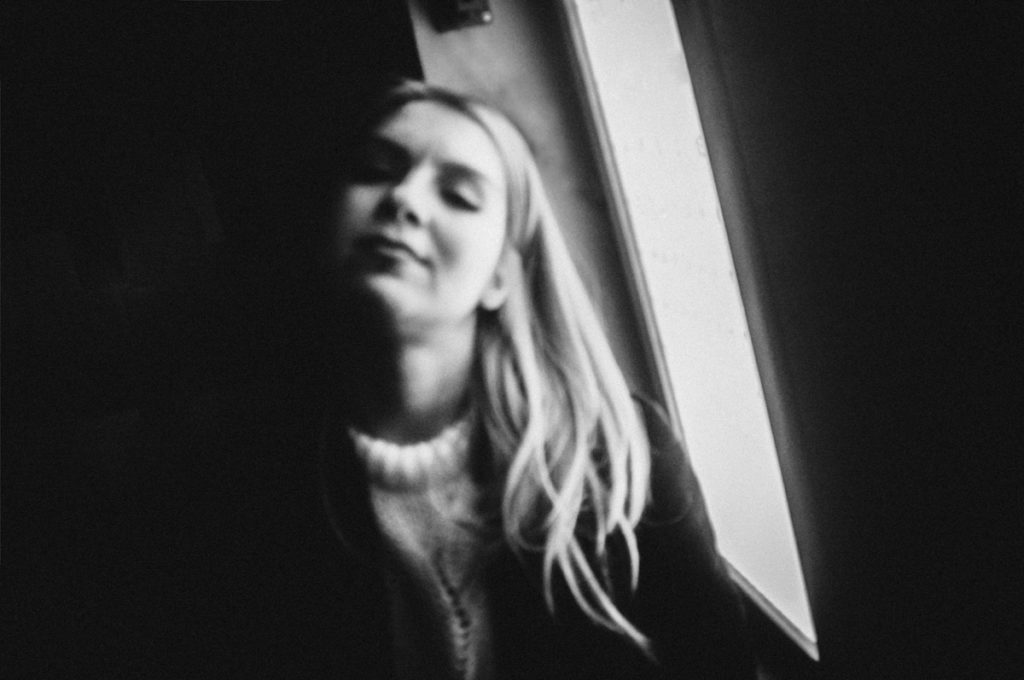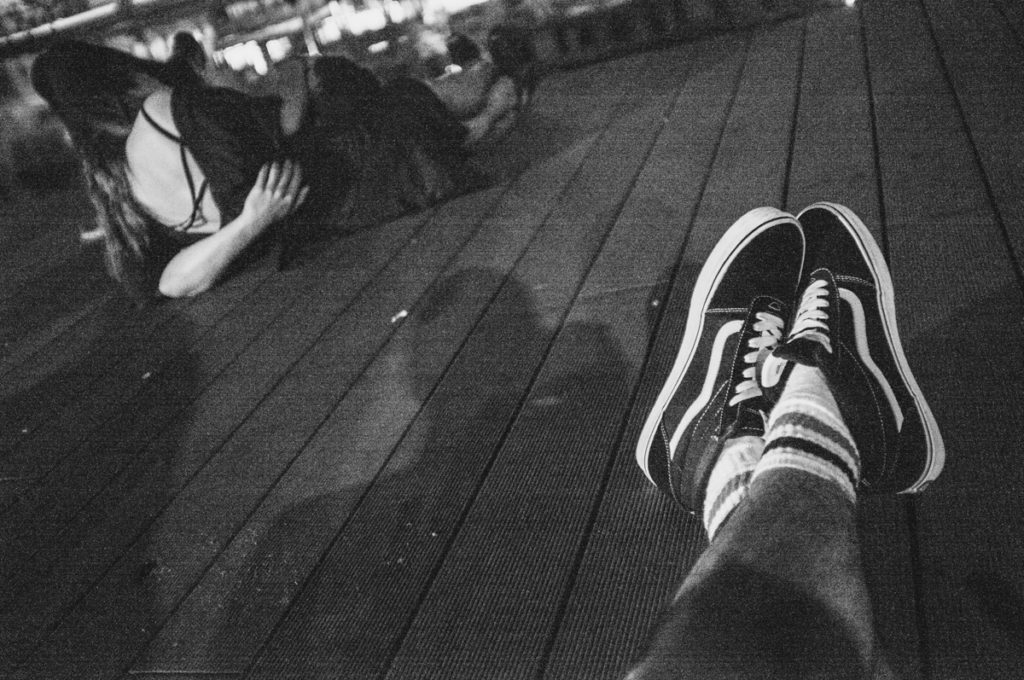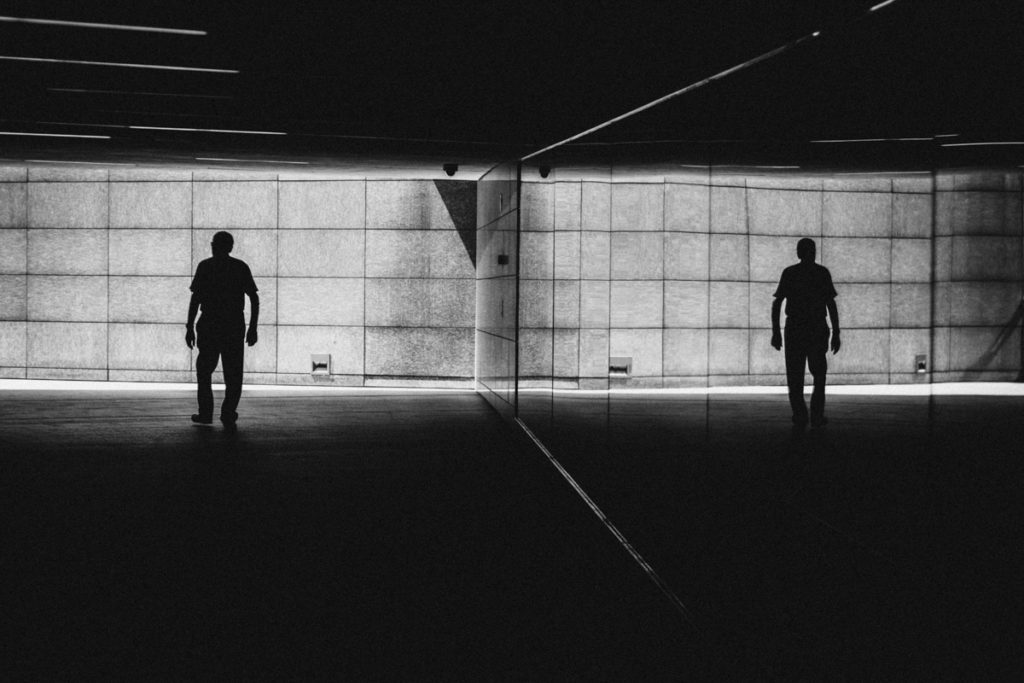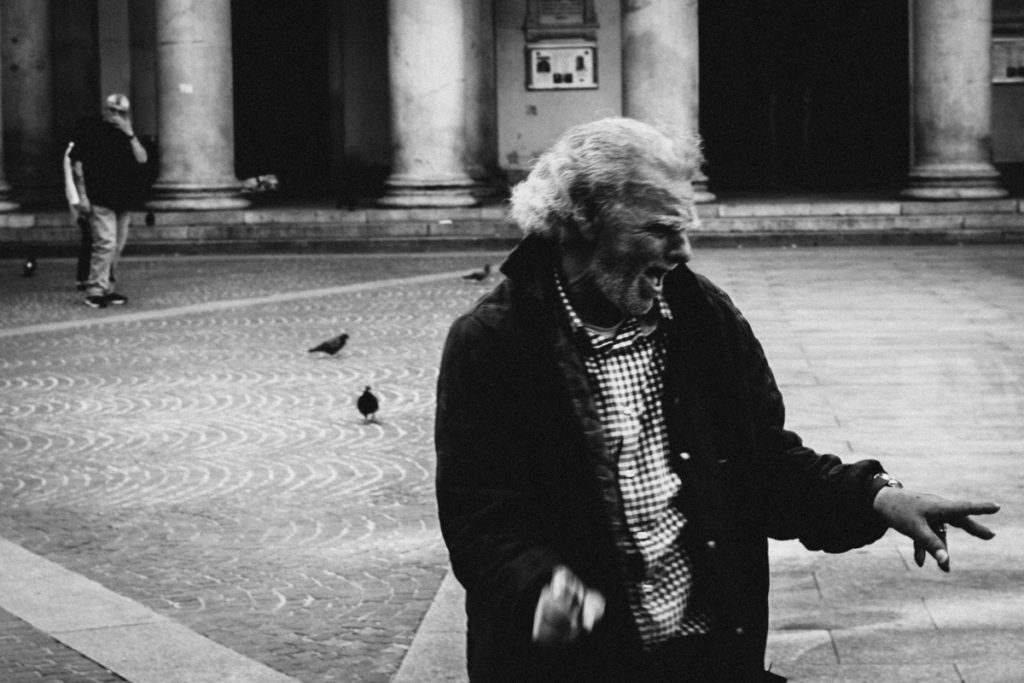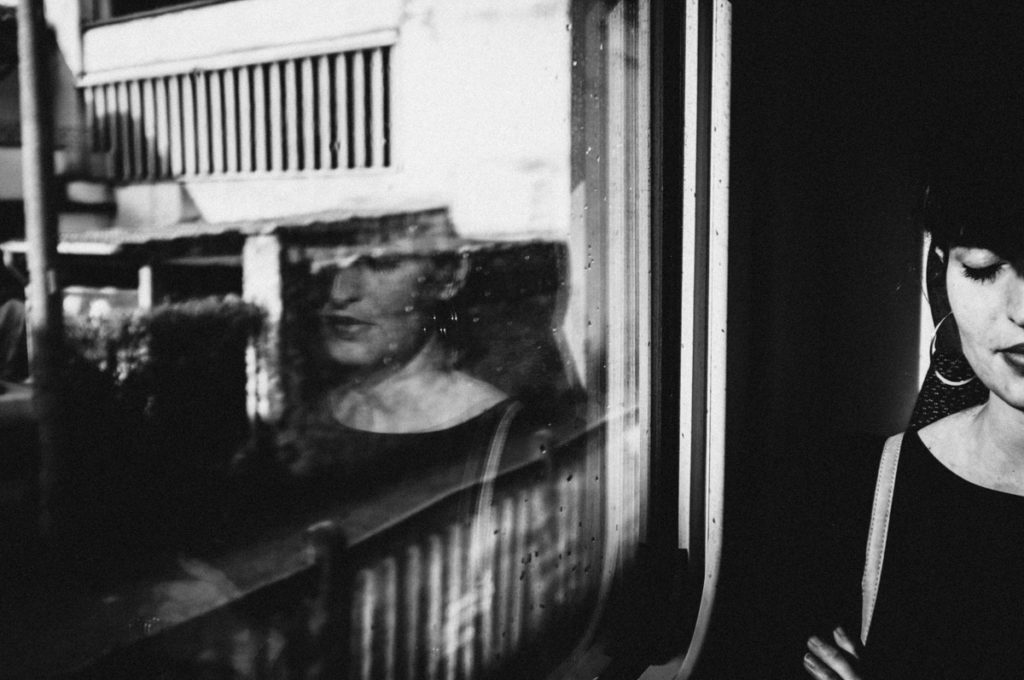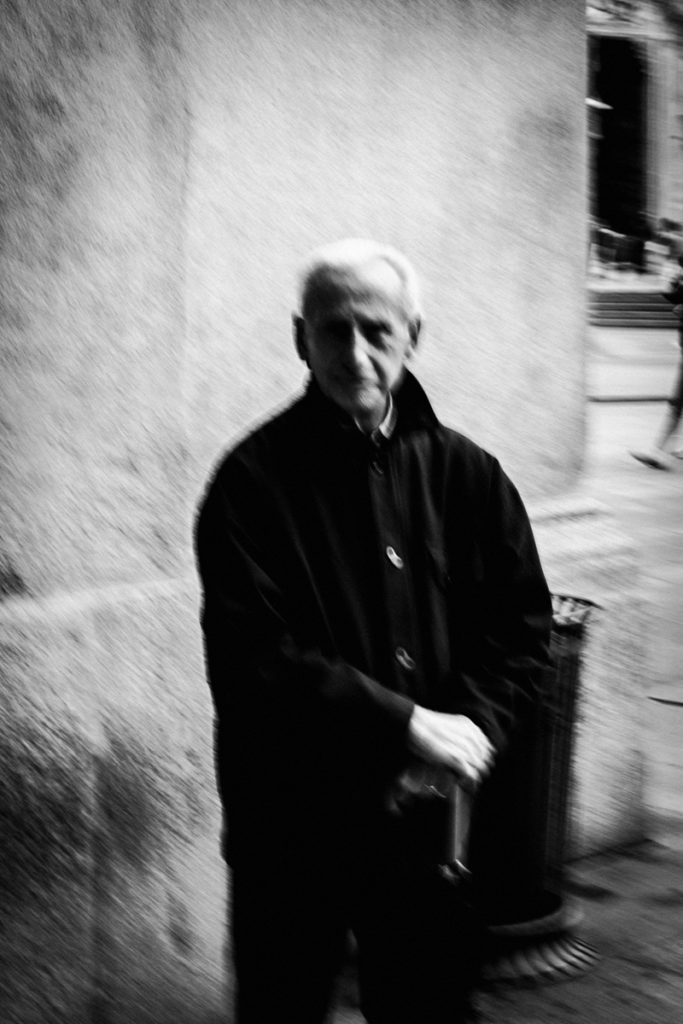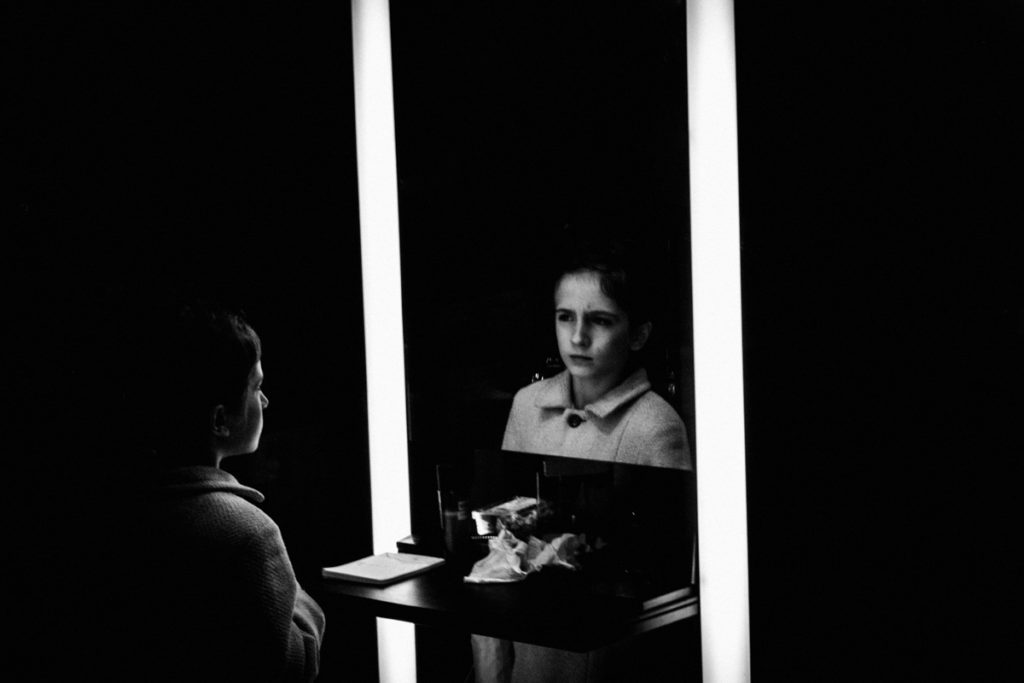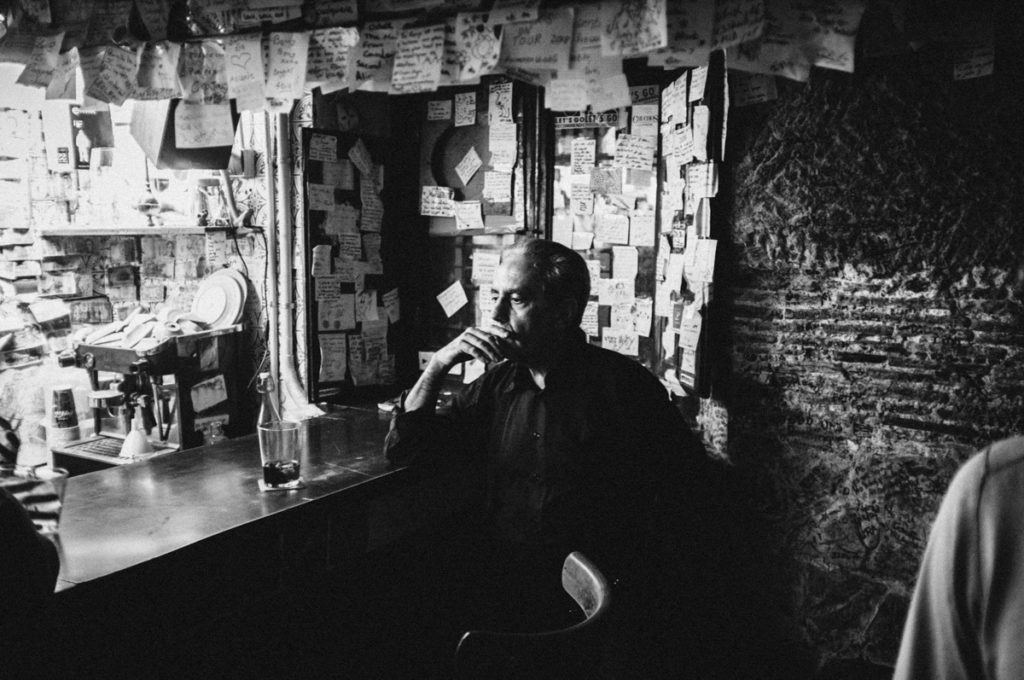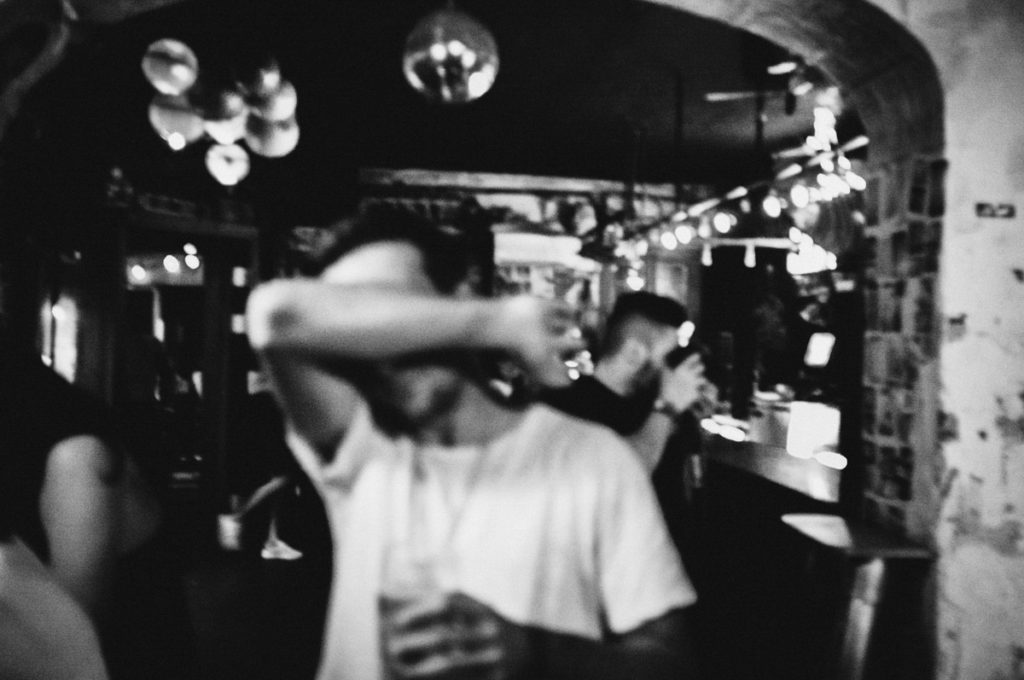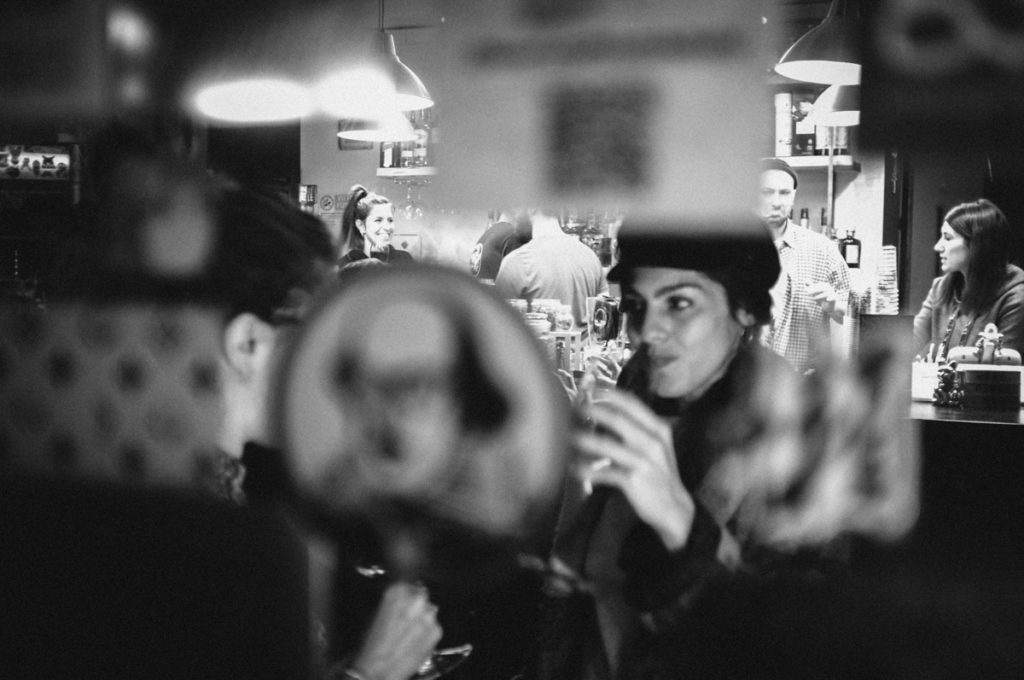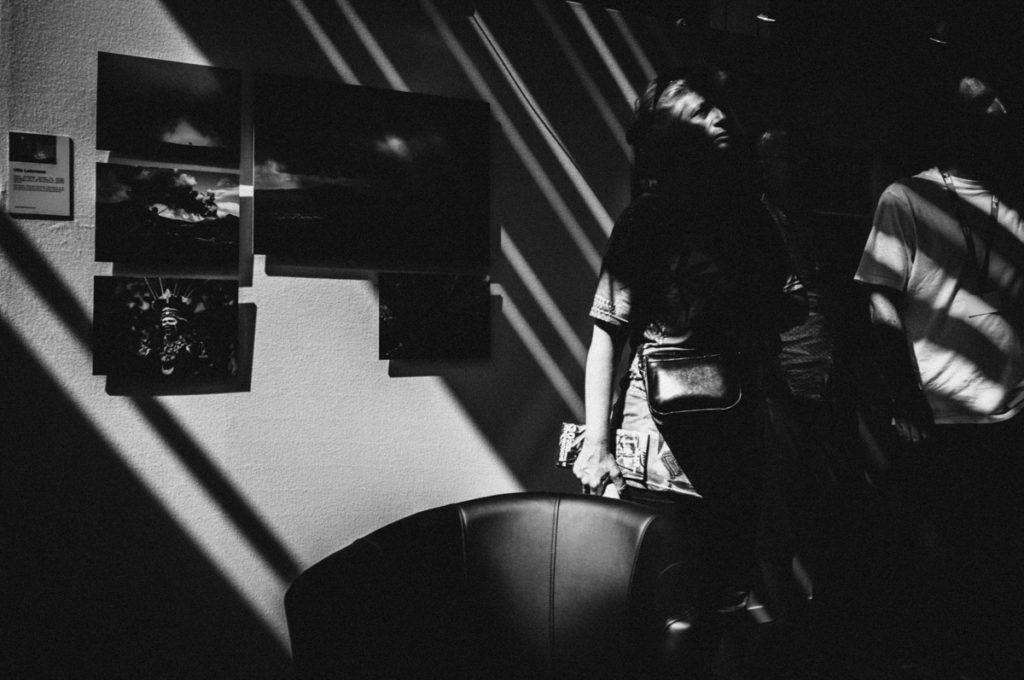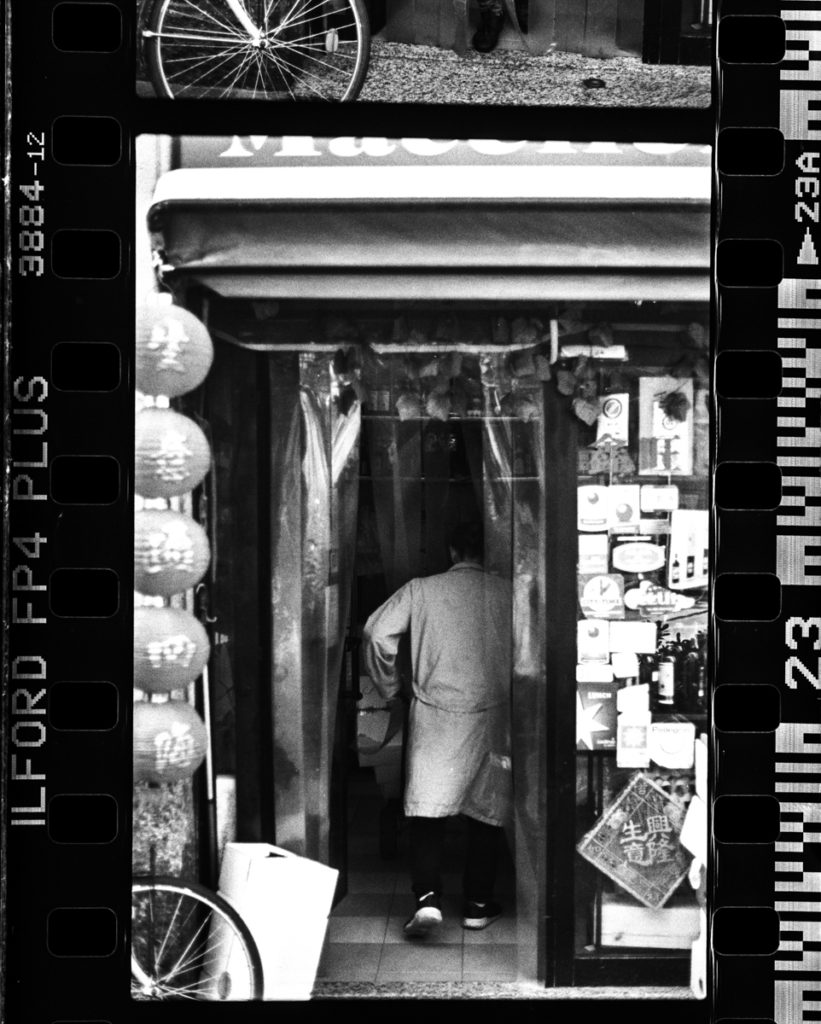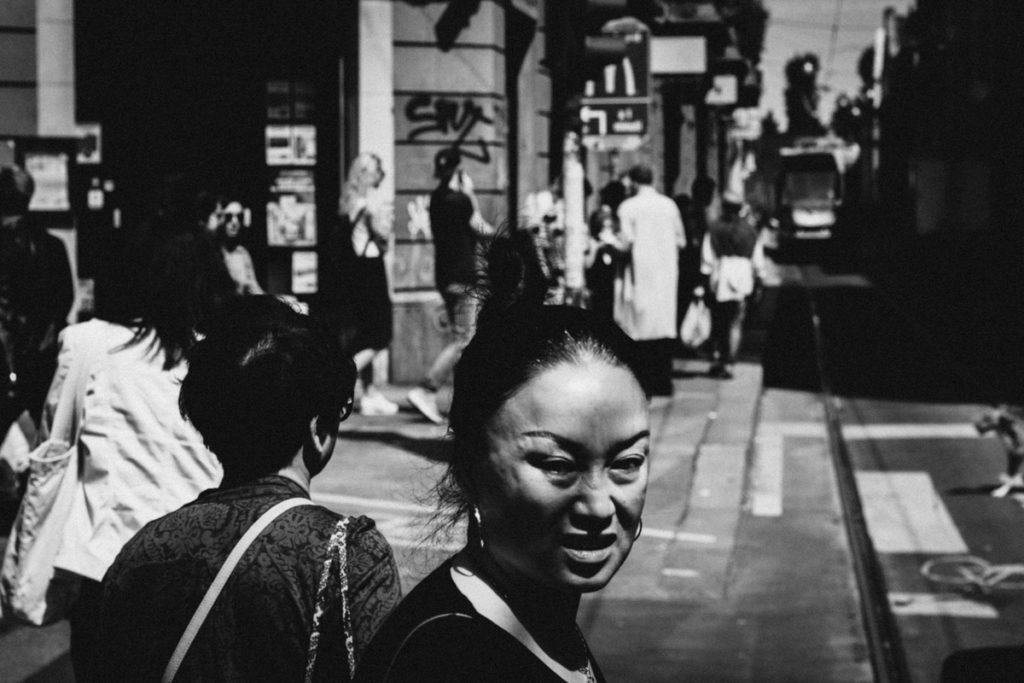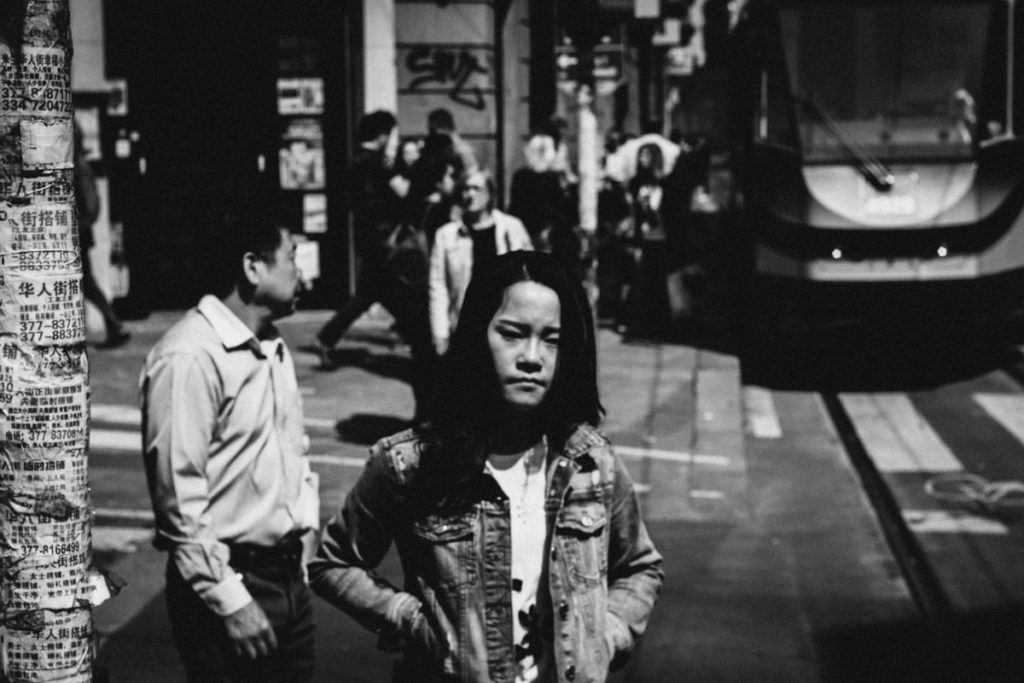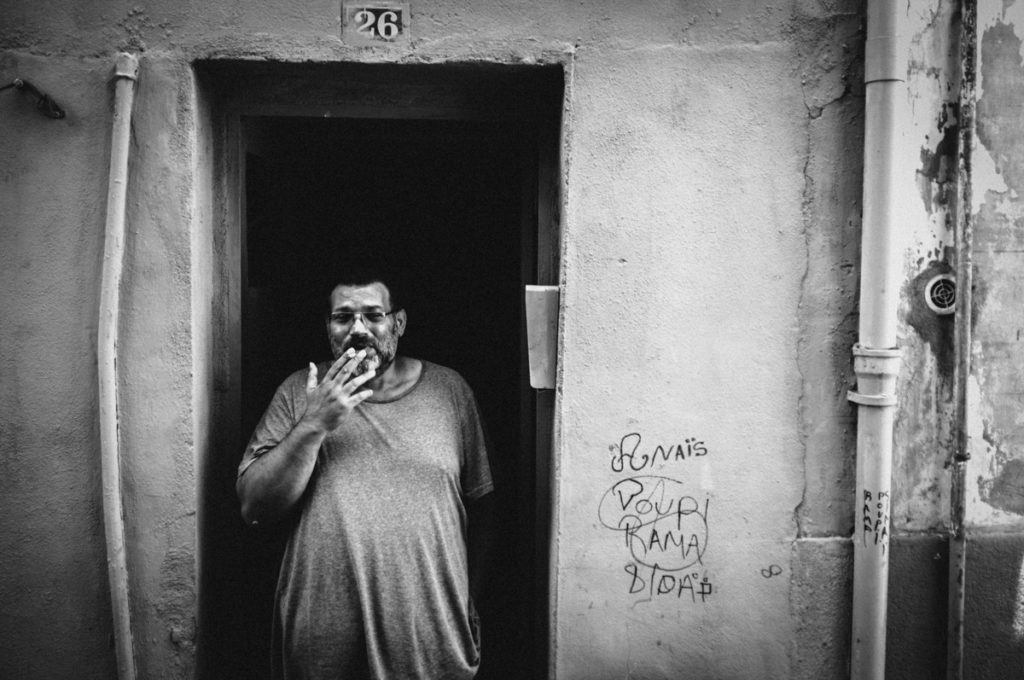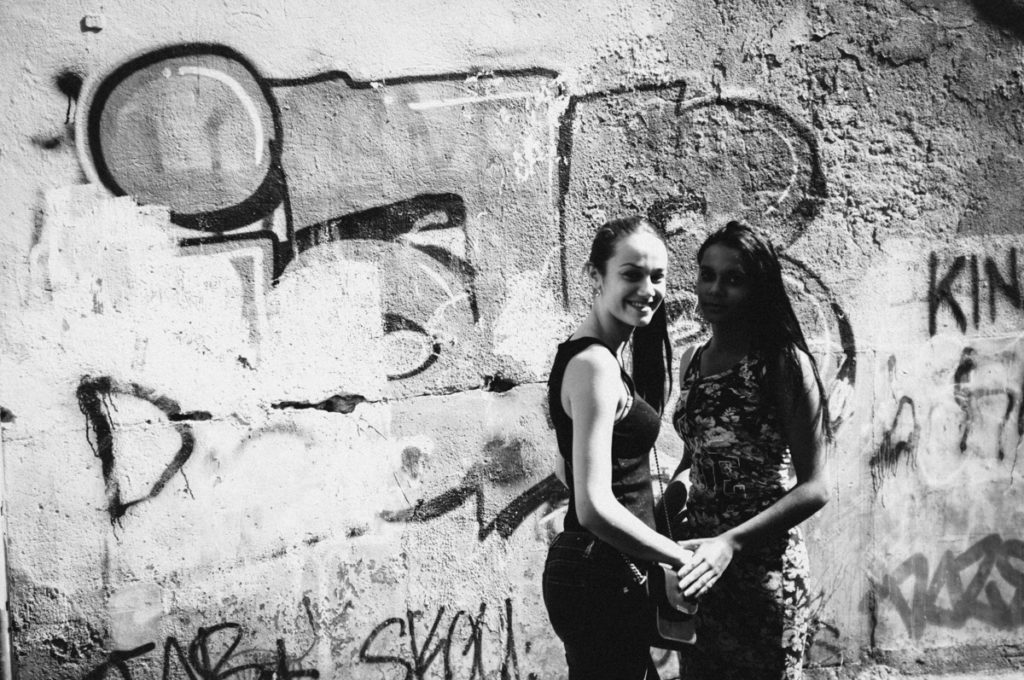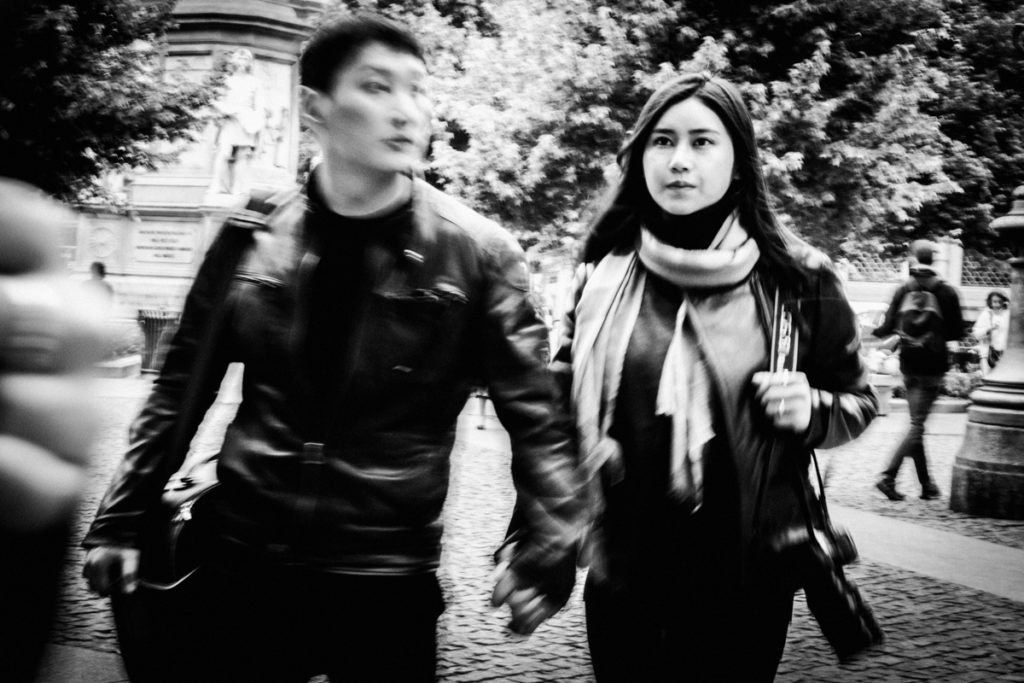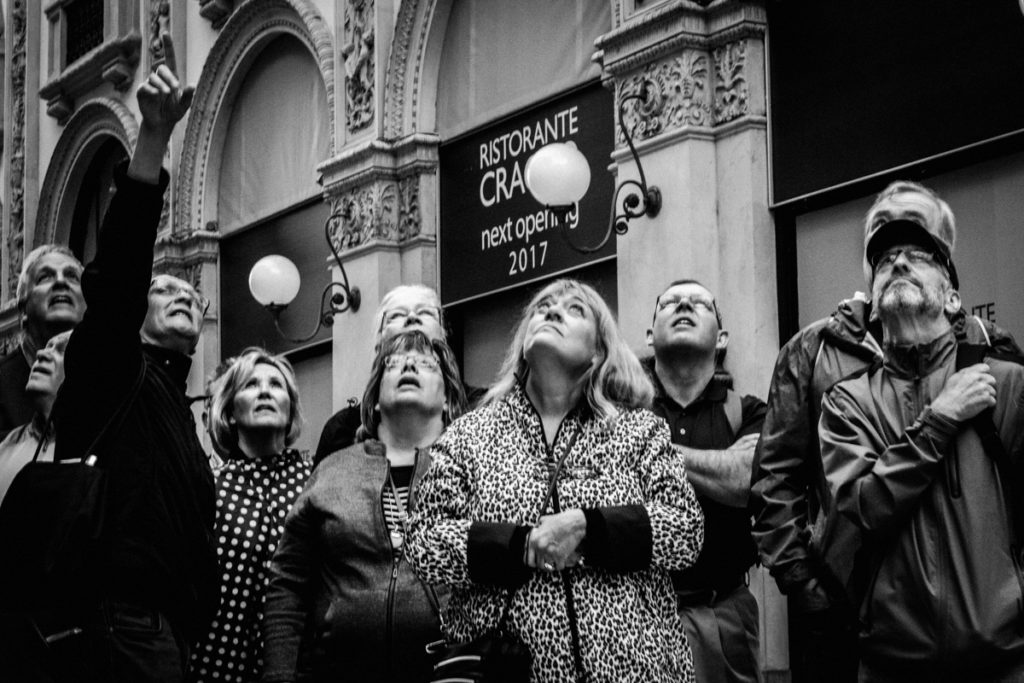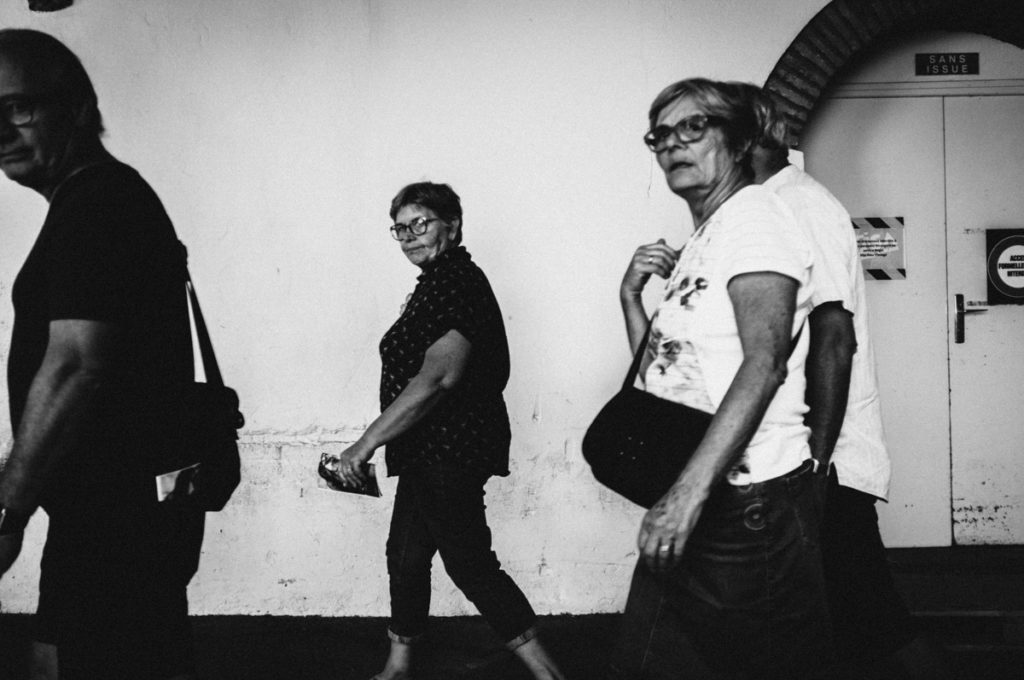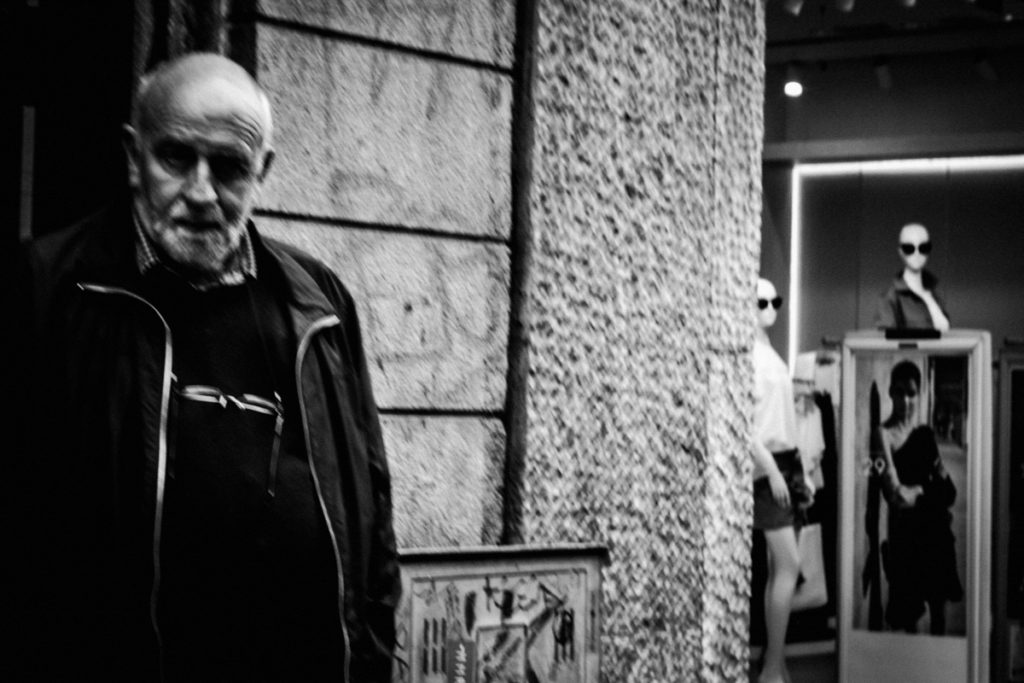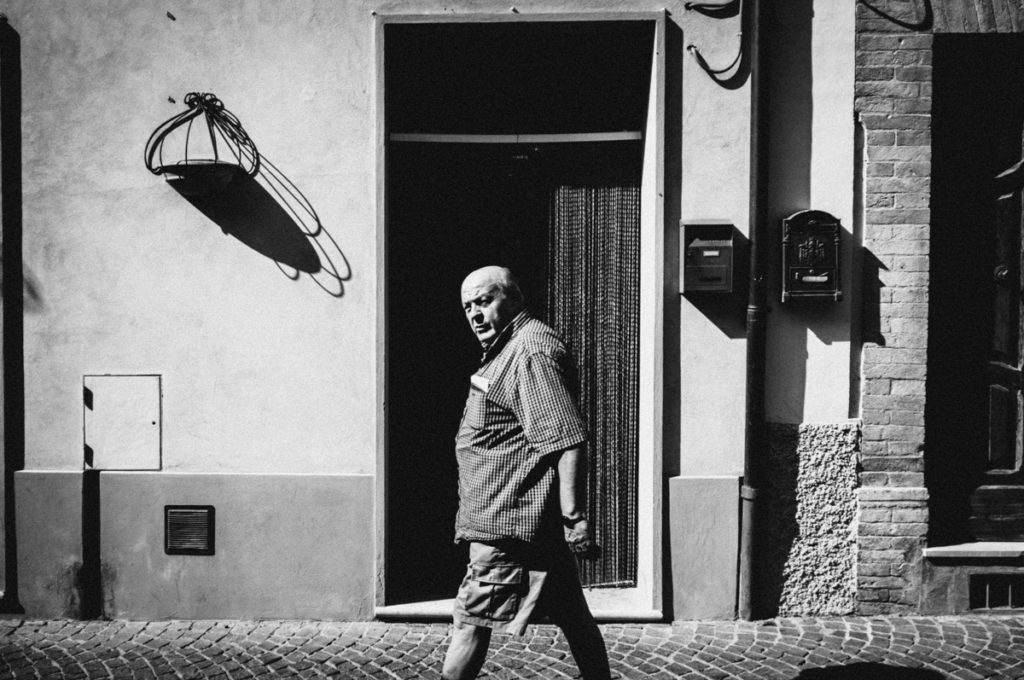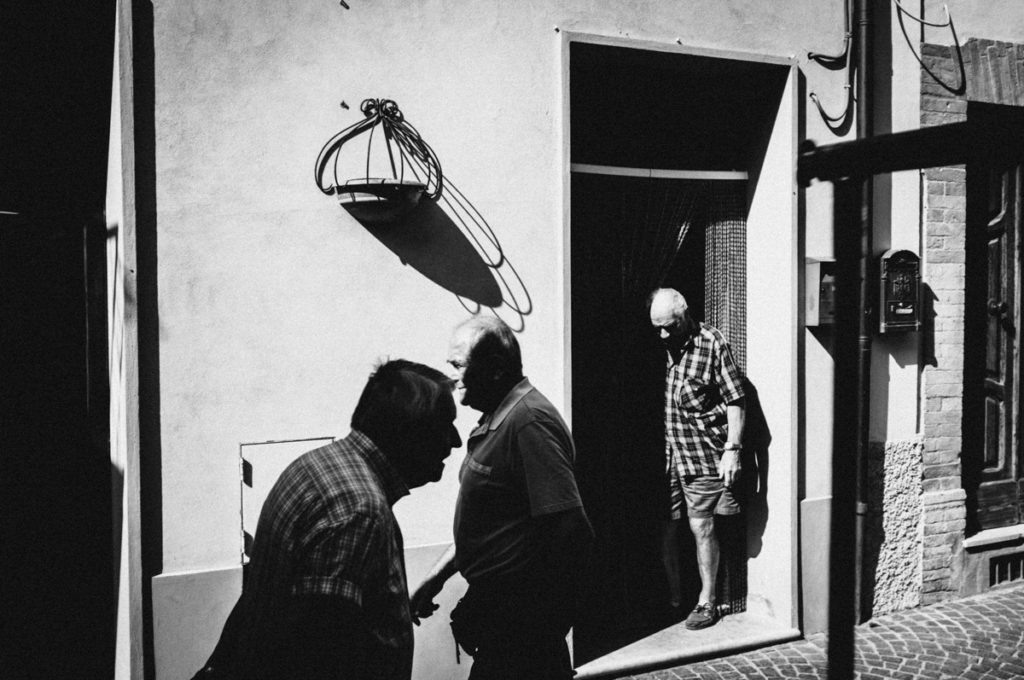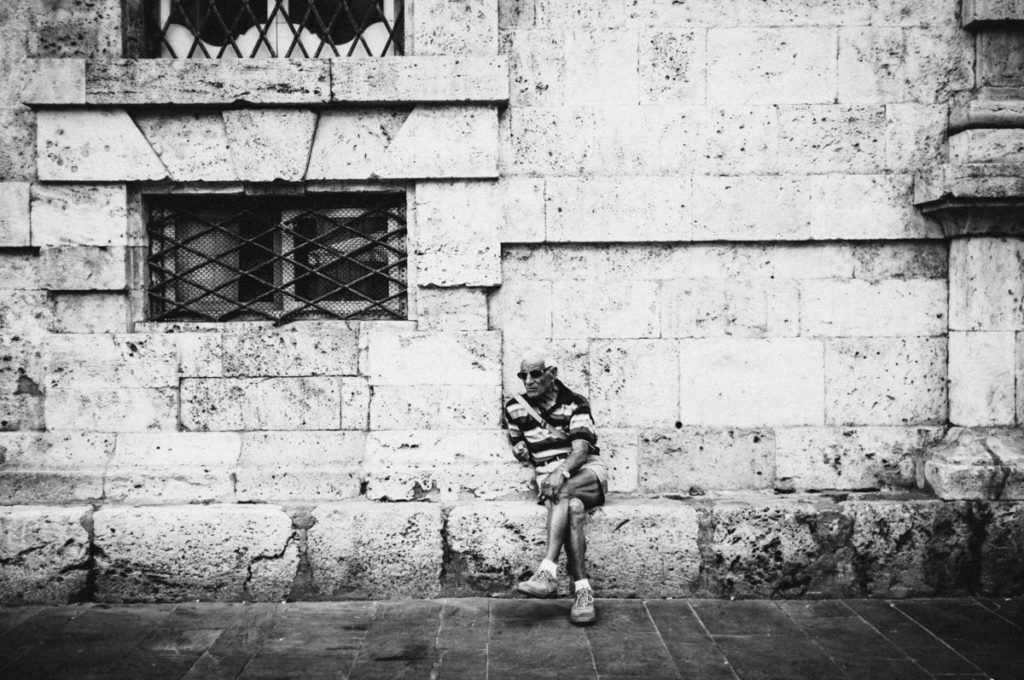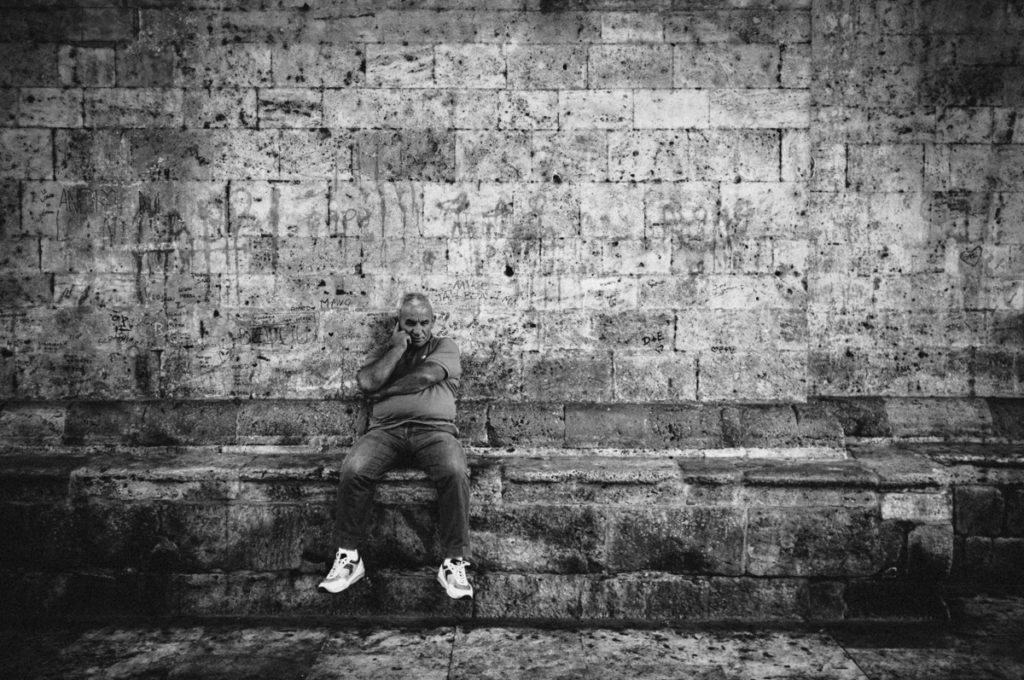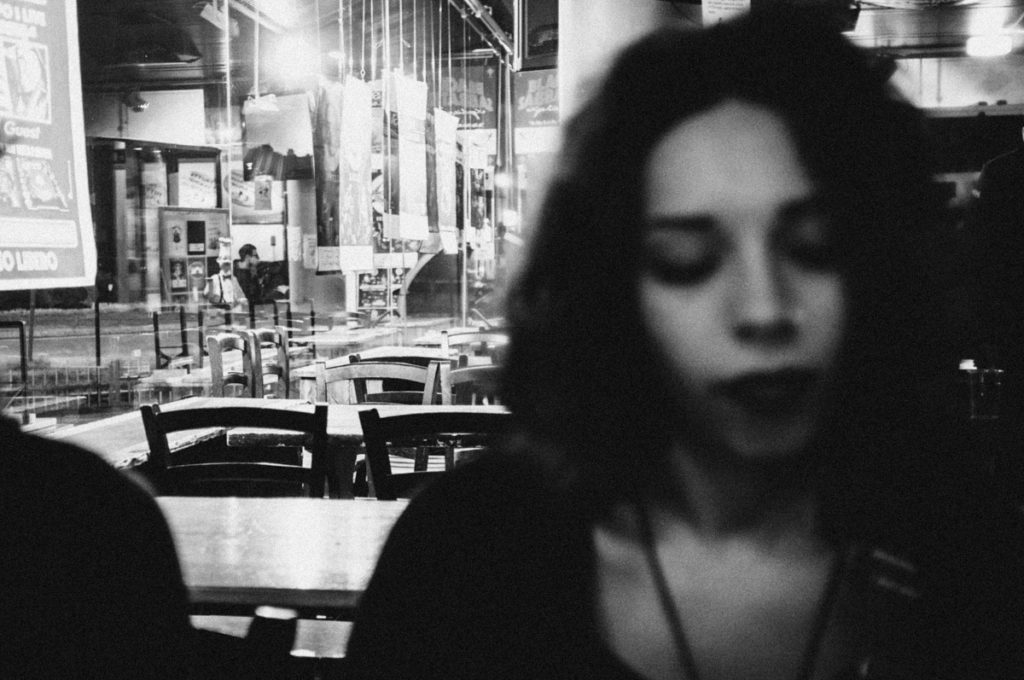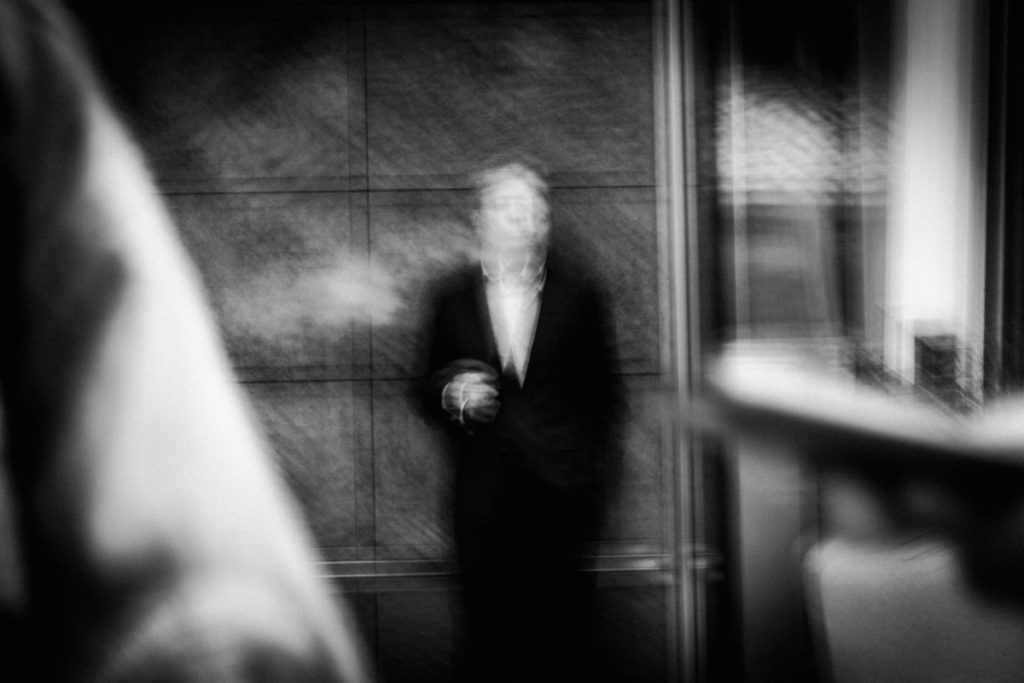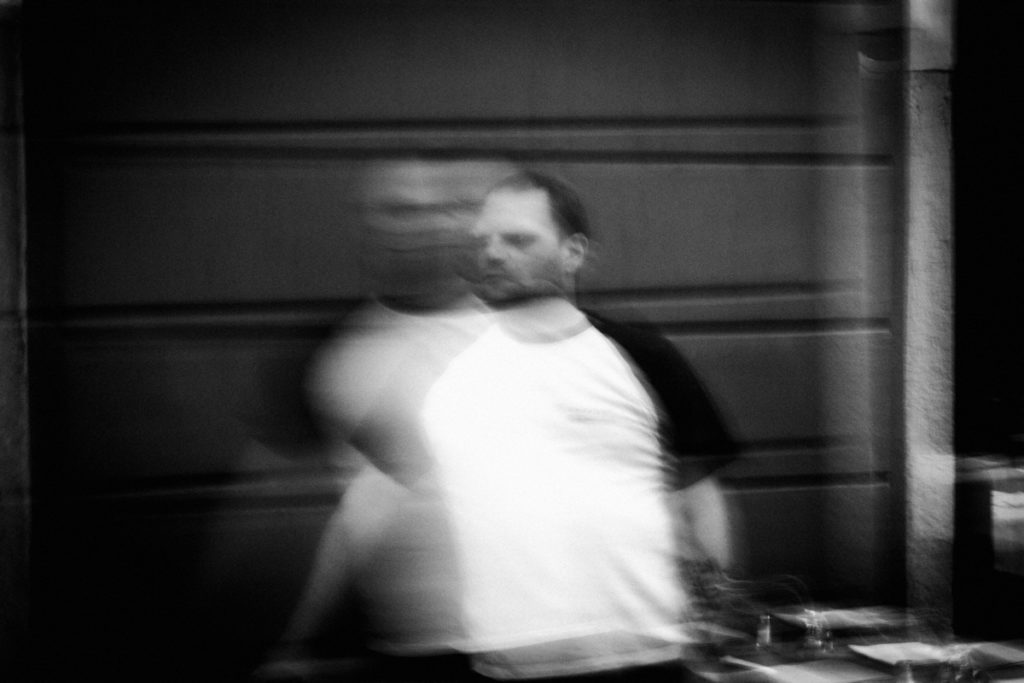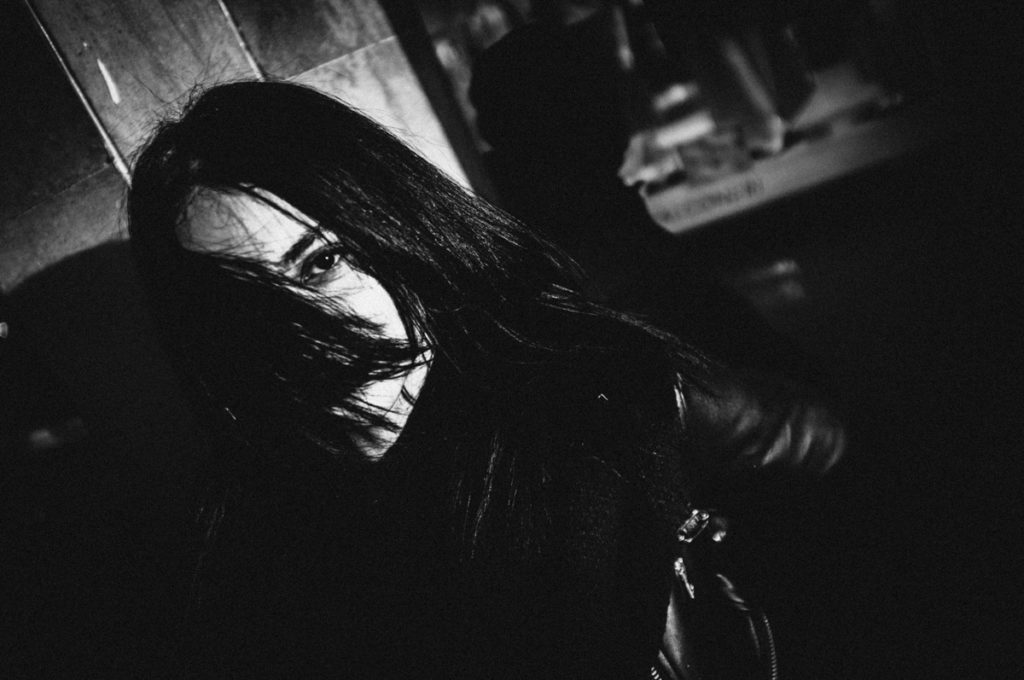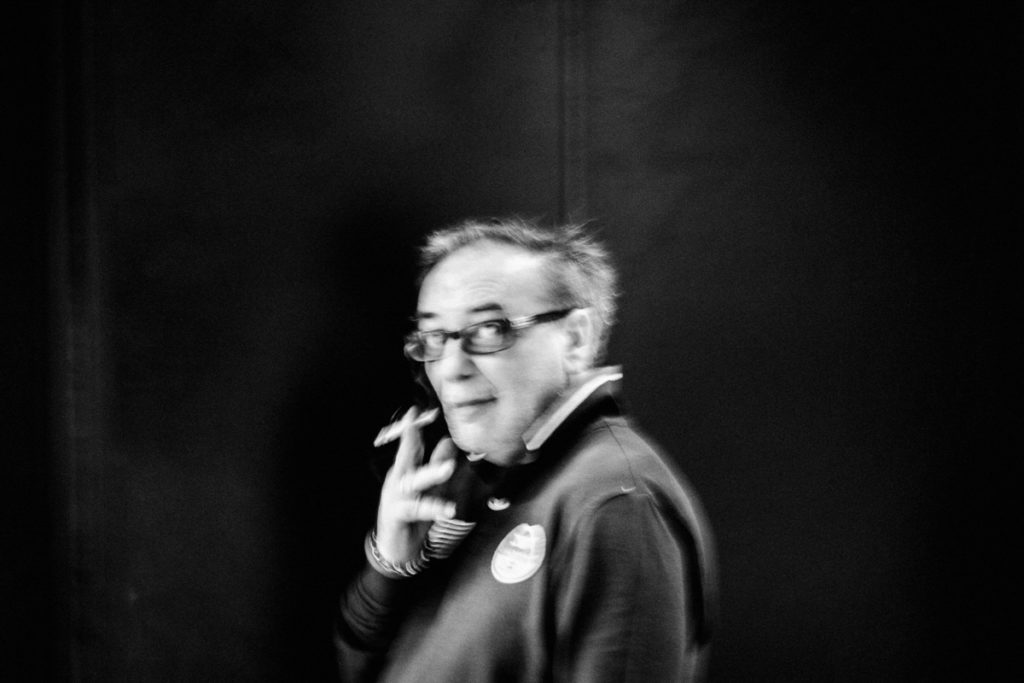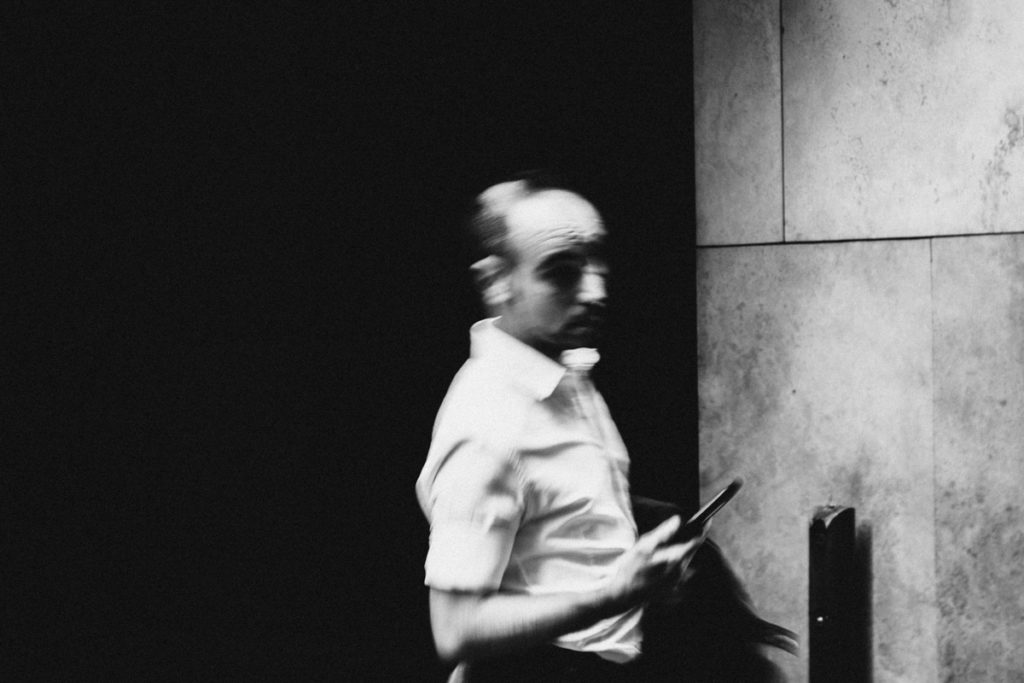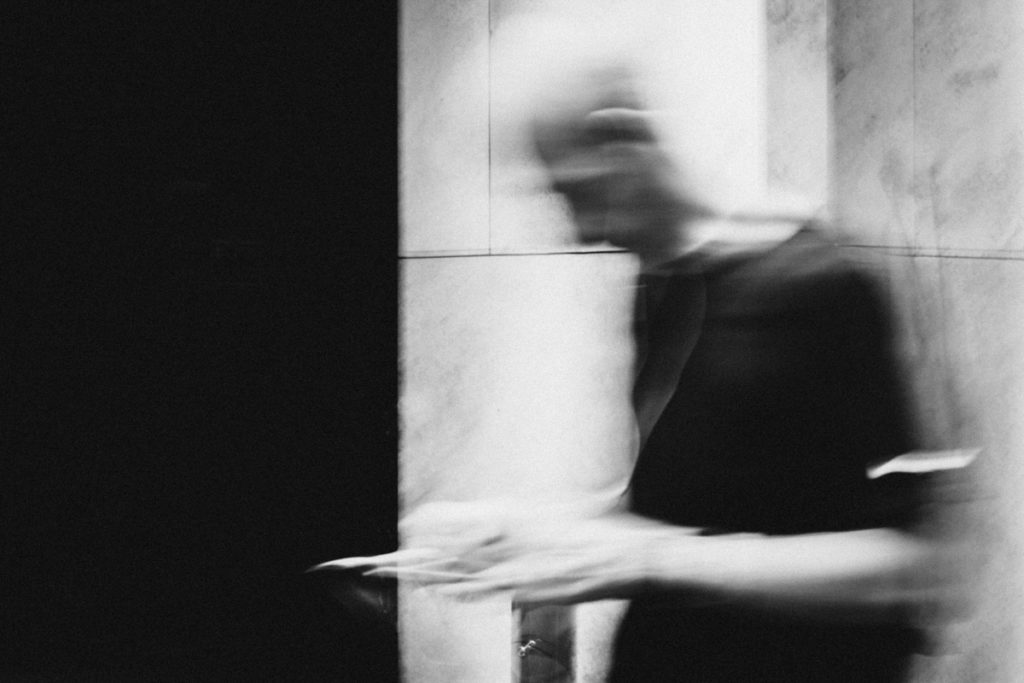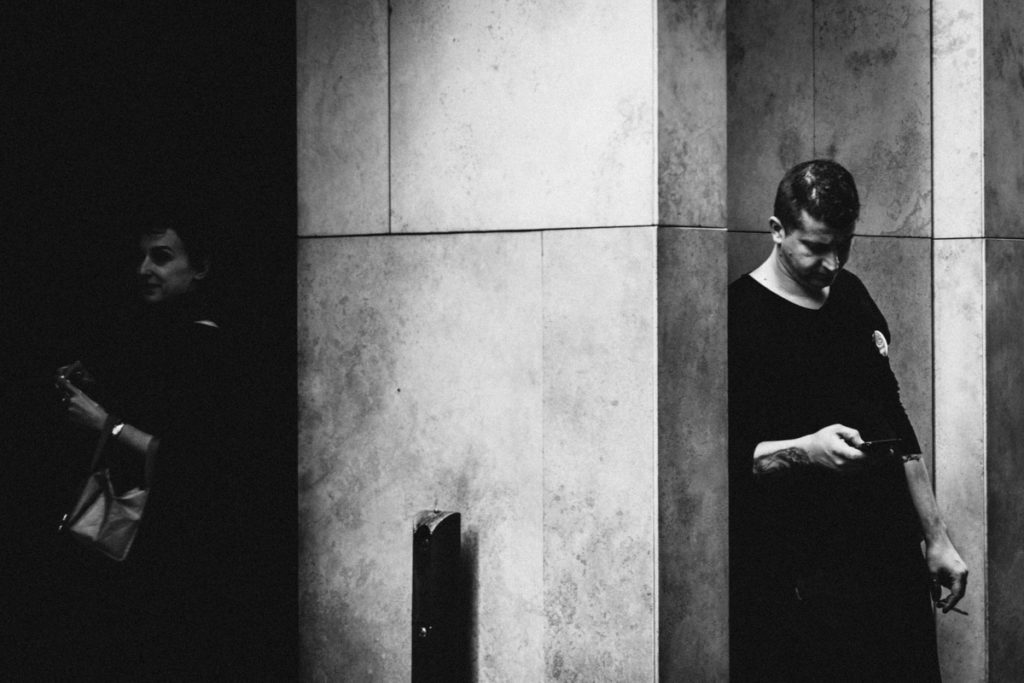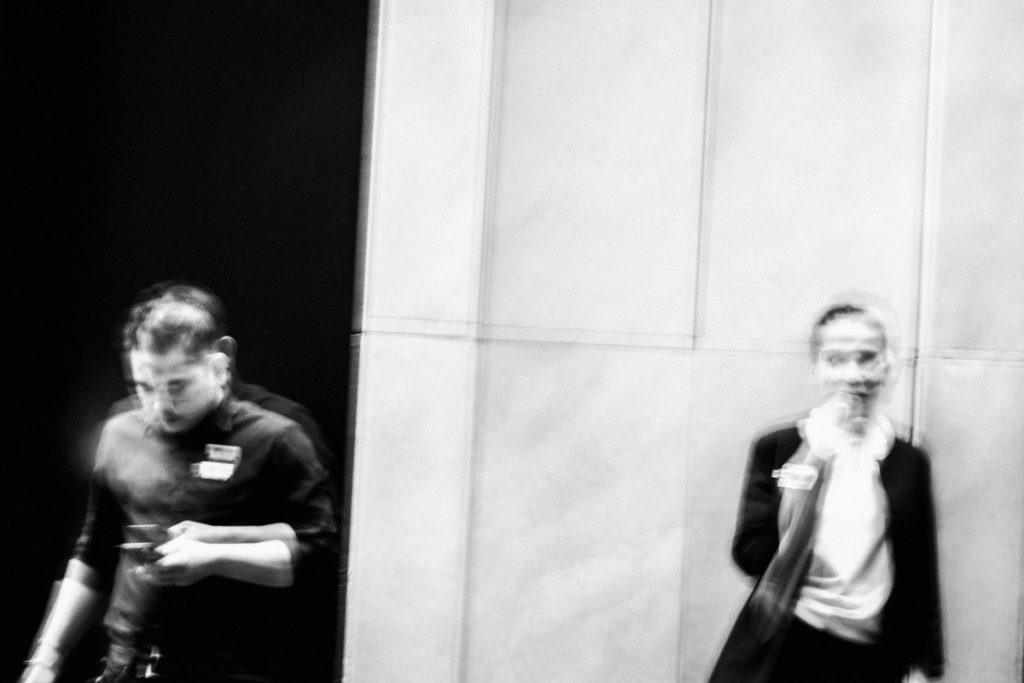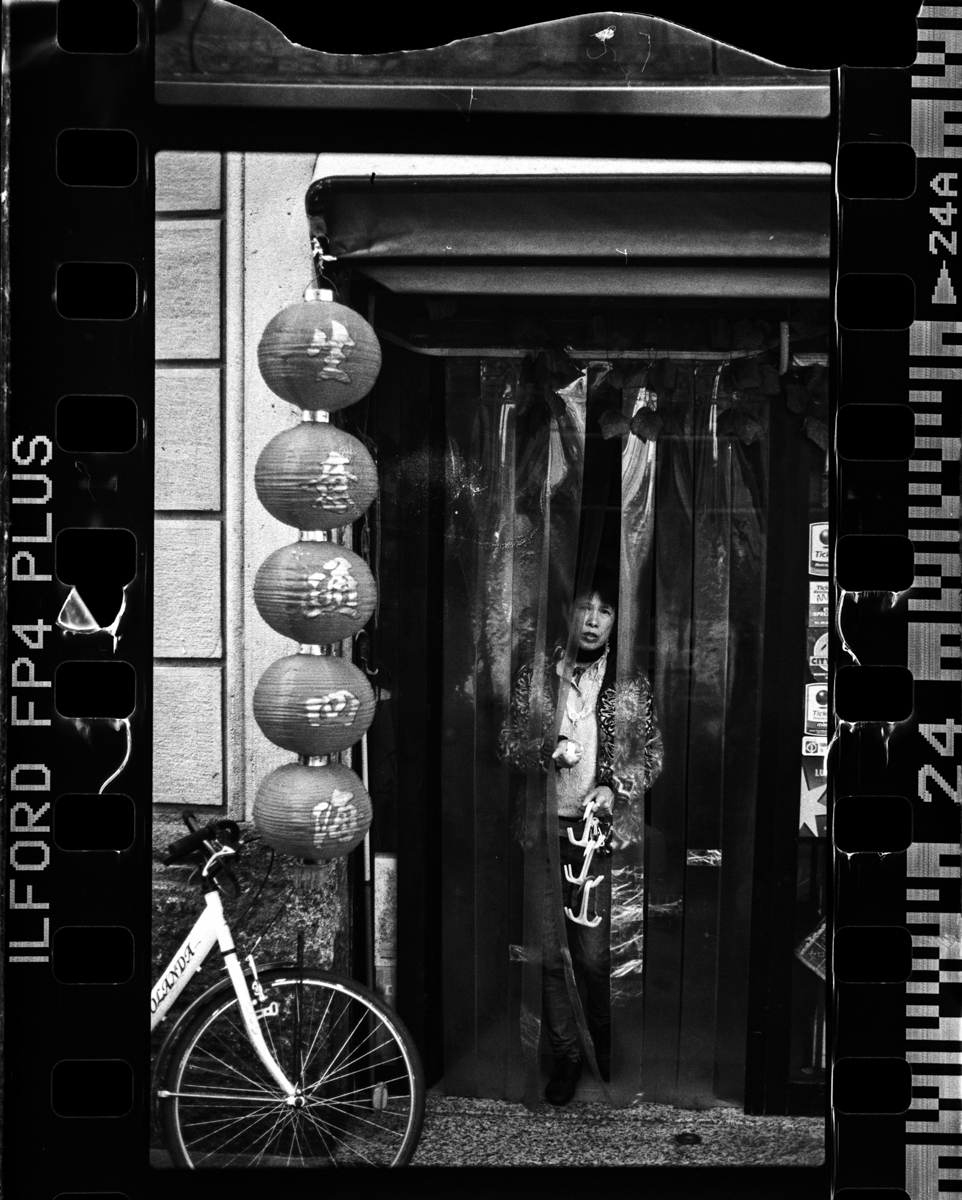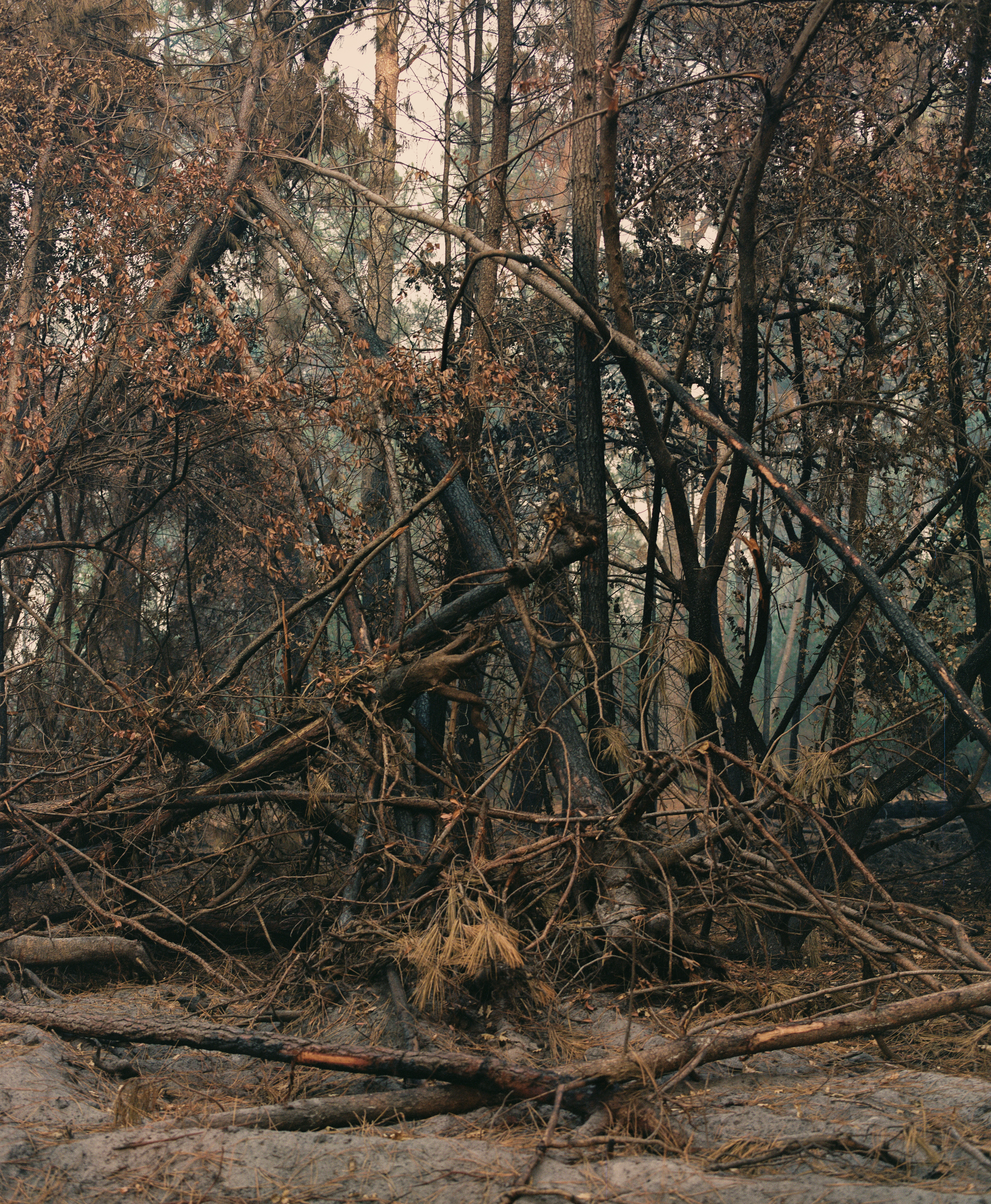The street speaks above all through expressions on people’s faces, their hairstyles, through their fashionable clothes, through their body language, through their interactions, small and large.
Only with a certain sensitivity are you able to move with the camera in your hand, your finger ready, and go hunting with discreet satisfaction. Because hunting is basically about: we move through the streets, we scan the nearby horizon, we move with caution, we analyze the light, the subjects, the backdrops. All senses are on the alert: you listen to the noises, smell the smells: looking for something that is worthy of being frozen for eternity. Therefore, never forget the perhaps most important element, the human aspect. Street photography is, in fact, a strongly humanistic genre. The streets are real theaters, where all different and unpredictable lives move. All spontaneous. And it is with them that the photographer must make contact. It is their language that must learn to interpret. It is with them that one must have empathy.
In an age when the images we see are less and less honest representations of real life, the work of a street photographer is more important than ever.
“This is, for me, the most fascinating aspect of street photography,” says the English photographer Nick Turpin, “the fact that these crazy and unreal images were all made in normal places of everyday life.”
